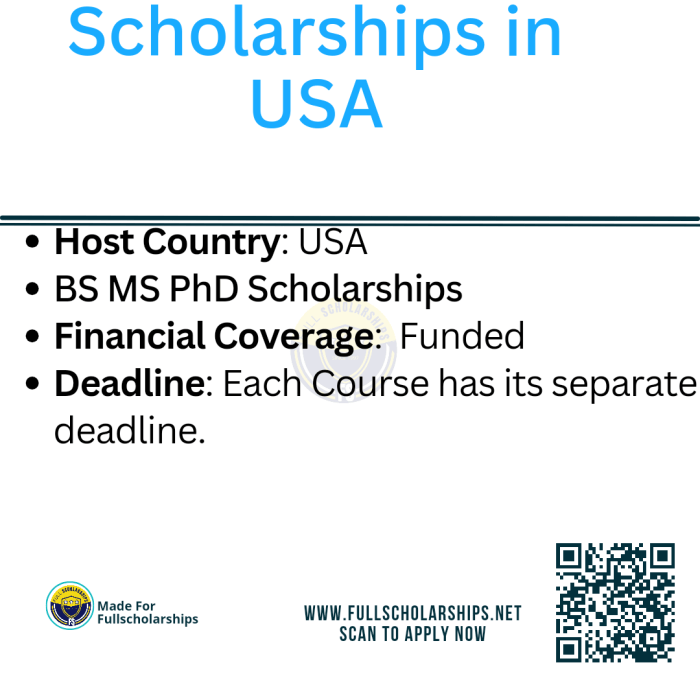Examples of Successful Projects
Numerous scholarship recipients have made significant contributions through their field research. For instance, a recent recipient of the National Geographic Young Explorers Grant conducted a study on coral reef restoration, leading to actionable strategies for local conservation efforts.
Tips for a Successful Scholarship Application: Best 6 Environmental Scholarships With Field Research 2025
Securing a scholarship requires meticulous preparation and attention to detail.
Checklist of Required Documents
Before applying, students should prepare the following documents:
- Transcripts reflecting academic performance.
- A detailed resume highlighting relevant experiences.
- Personal statement outlining research interests and career goals.
- Letters of recommendation from professors or professionals in the field.
Strategies for Writing Effective Personal Statements
An impactful personal statement should convey passion for environmental studies and articulate clear research objectives. Candidates should focus on unique experiences that shaped their interests and demonstrate their commitment to the field.
Securing Strong Letters of Recommendation
To ensure compelling letters of recommendation, students should approach individuals who know them well and can speak to their academic abilities and research potential. Providing recommenders with a summary of accomplishments can help them write more personalized letters.
Resources for Finding Additional Scholarships

Students seeking further scholarship opportunities can utilize various resources to enhance their search.
Online Platforms and Databases
Several websites specialize in aggregating scholarship information, including:
- Fastweb
- Scholarships.com
- Cappex
Networking with Professionals
Connecting with professionals in the environmental field can provide insights into lesser-known scholarship opportunities. Attending conferences, workshops, and networking events can yield valuable leads.



